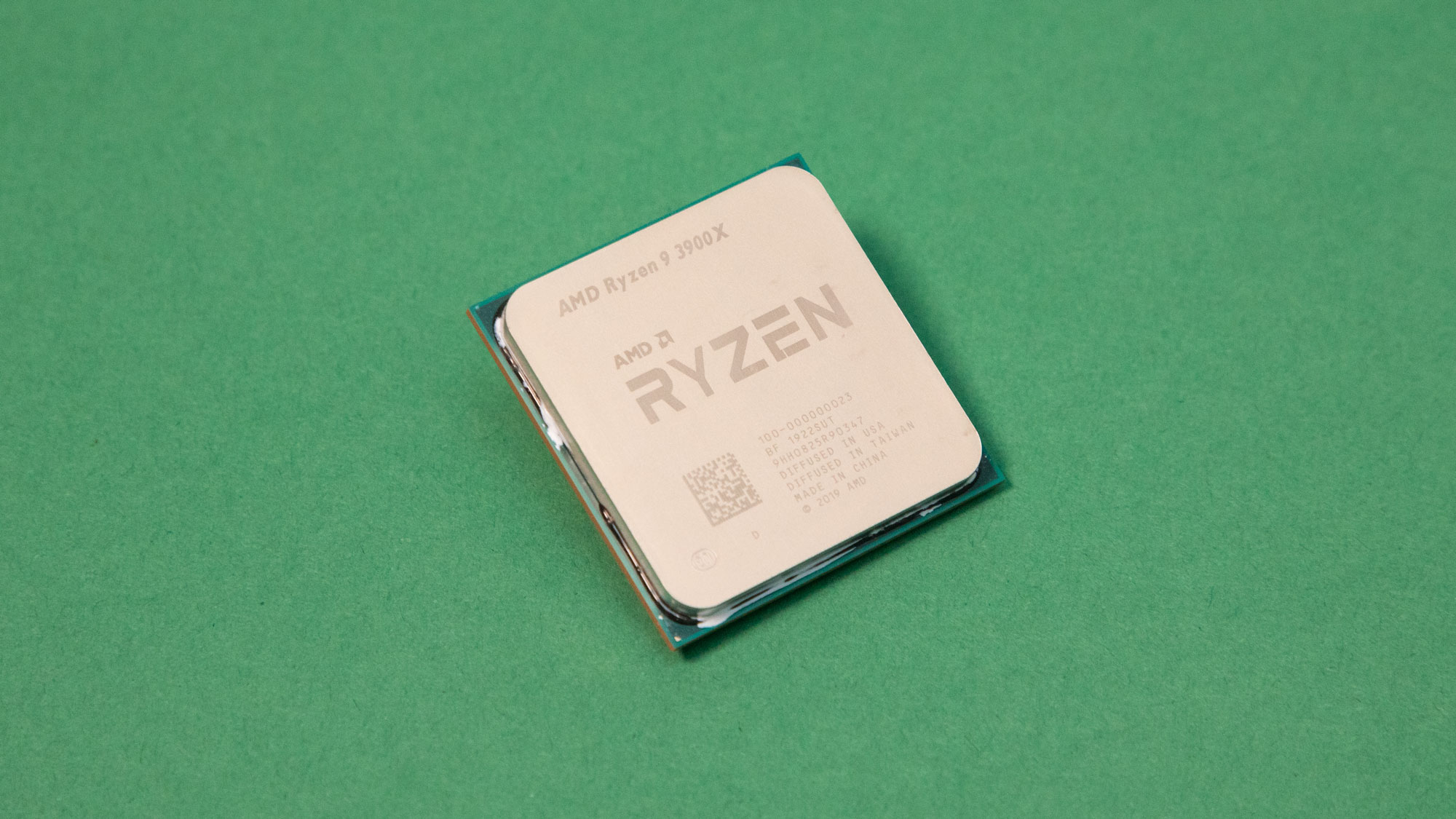AMD's future plans for crushing Intel and taking over the world with Zen 4 and Zen 5 revealed
Zen 4 and Zen 5 are both being designed simultaneously, and that’s happening right now

AMD has officially confirmed that it’s currently working on developing Zen 5, which will be shaped and honed alongside Zen 4, with the design of Zen 3 – the successor to the existing Zen 2 architecture which powers current Ryzen (and Epyc) CPUs and Navi GPUs – already done and dusted.
As spotted by Wccftech, Mark Papermaster, CTO and Executive VP at AMD, made the revelations while speaking over at the Epyc Horizon Executive Summit, which happened a week ago in Rome.
He said that the design of Zen 3 was complete, with both Zen 4 and Zen 5 now in the design phase, and that this was all part of AMD’s commitment to get back to leadership performance – and stay there going forward.
- AMD Epyc CPU is a jaw-dropping sight under the microscope
- Taking a look at the Ryzen CPU inside Surface Laptop 3
- These are the best processors
Apparently the Zen 5 and Zen 4 core designs are being developed by two separate ‘leapfrogging’ design teams, with Zen 4 planned to arrive in 2022. So at a guess, Zen 5 might possibly be very loosely penciled in for 2024.
The fact that the Zen architecture is being kept on for a fifth iteration shows the faith AMD has in its design.
Zen and the art of CPU maintenance
Zen 2 uses a 7nm process and ushered in some very impressive performance boosts compared to the original Zen architecture, with IPC (instructions per clock) seeing a 15% or so increase.
Zen 3 will move to 7nm+ (a refined 7nm process) and the rumor mill reckons that it will witness an IPC increase of something like 8% to 10% compared to Zen 2. Chips based on Zen 3 (Ryzen 4000) are expected to launch in the latter half of 2020, and shouldn’t require a new motherboard if you’re upgrading from a Ryzen 3000 processor.
Sign up for breaking news, reviews, opinion, top tech deals, and more.
Another piece of juicy speculation that’s been whispered about in recent times contends that Ryzen 4000 will also move forward in terms of simultaneous multithreading, with the possibility of having four threads per core (as opposed to two threads currently). In other words, we could see dual-core processors with 8-threads, and quad-core with 16-threads.
In short, it’s clear AMD wants to push firmly down on the gas pedal, which is not surprising when it’s winning big against Intel right now, with the rival chip giant forced to implement huge price cuts to some of its processors (with the prospect of more of the same potentially in the pipeline, too).
Incidentally, Mark Papermaster recently blogged for us on the subject of how AMD is using chiplets in processor design as part of the solution to the inexorable slowdown of Moore’s Law.
Darren is a freelancer writing news and features for TechRadar (and occasionally T3) across a broad range of computing topics including CPUs, GPUs, various other hardware, VPNs, antivirus and more. He has written about tech for the best part of three decades, and writes books in his spare time (his debut novel - 'I Know What You Did Last Supper' - was published by Hachette UK in 2013).